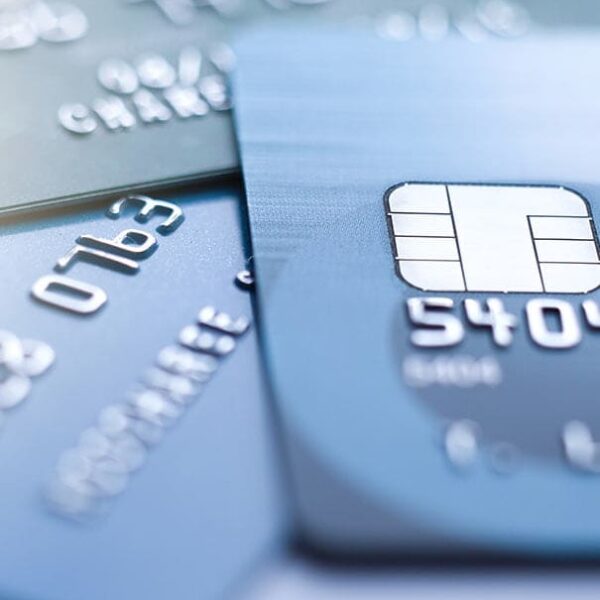 Whether you keep your own books or outsource the bookkeeping to a dedicated professional, it’s important to have a good grasp on bookkeeping basics. We all know our bank account debits and credits but what about all those other accounts we use? Here’s a handy acronym to help you remember how to record transactions properly.
Whether you keep your own books or outsource the bookkeeping to a dedicated professional, it’s important to have a good grasp on bookkeeping basics. We all know our bank account debits and credits but what about all those other accounts we use? Here’s a handy acronym to help you remember how to record transactions properly.
Purchases and
Expenses have a
Debit balance just like
Assets and
Drawing
Capital
Liability and
Income accounts have a
Credit balance
These cover all the basic accounts you use for your business.
Purchases are the goods your business acquires to resell or to accomplish the goals of your business, such as parts to create a final product.
Expenses are any amount spent in order to operate your business. This can be a anything from entertaining a client to fleet vehicle maintenance.
Assets are anything owned by the business that can be liquidated. Assets can be either fixed, such as a building, or liquid, such as cash and accounts receivables.
Drawing accounts are set up for owners who rather than taking a standard paycheck choose to draw cash from the business.
Capital accounts cover the amount invested by the owners and the net worth of the business at any given time.
Liability accounts are debts owed by the business such as payments to vendors and utilities.
Income accounts are monies that are paid to the business. These can come from customers and interest on savings accounts and investment accounts.
All of the transactions in your business will happen between two accounts. The balances on all of the accounts will appear on the balance sheet and determine the net worth of your business.








